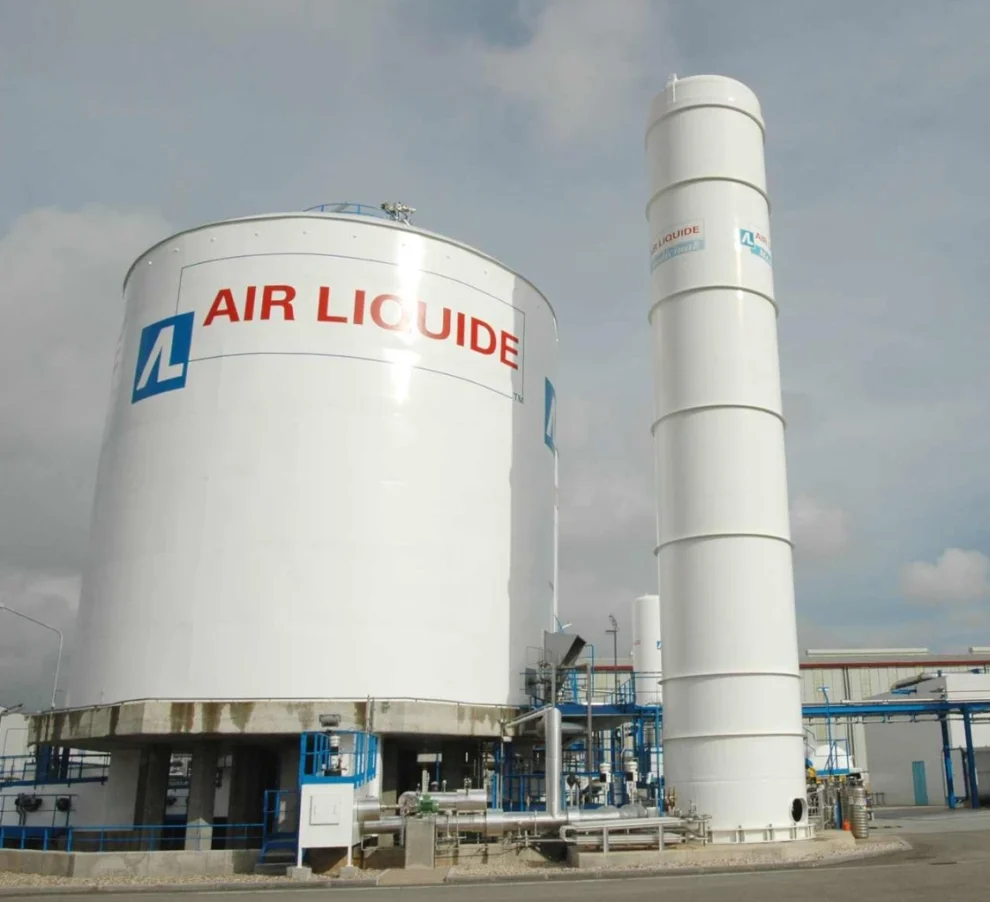By 2030, Tajikistan plans to reach 10 GW of renewable energy capacity.
Dushanbe, September 27 – Neftegaz.RU news agency. By 2040, Tajikistan plans to produce 1 million tons of “green” hydrogen annually for domestic needs and export to Central Asian countries.
This was announced by the Minister of Energy and Water Resources of the Republic D. Juma
The Minister reported that:
by 2030, Tajikistan plans to reach 10 GW of renewable energy capacity.
Now the country is completely dependent on imports of petroleum products,
authorities are developing a plan for the production of “green” hydrogen, incl. to reduce dependence on external supplies.
Tajikistan intends to produce 500 thousand tons of “green” hydrogen by 2030.
They plan to double this figure by 2040 thanks to affordable and competitive electricity.
At the same time, 75% of this volume will potentially be exported to Central Asian countries.
However, the minister did not specify the financial details of plans for the production of green hydrogen.
Generation of Tajikistan
The country is completely dependent on imported fossil fuels.
The country’s electricity sector is managed by OJSC Barki Tojik, which is state property.
The power system capacity of Tajikistan is 5757 MW:
hydroelectric power plants (HPPs) account for 87.6% of the total installed capacity;
The share of thermal power plants (CHP) is 718 MW, that is, only about 12.4%.
According to the International Energy Agency, Tajikistan’s hydro potential is currently used at only 4%, and less than 1% of other types of renewable energy sources.
RES in Tajikistan
The basic renewable energy resource of Tajikistan is hydro resources, which are the most highly efficient among all types of renewable energy sources (RES) located in the country.
According to the Ministry of Energy of Tajikistan:
reserves of renewable hydropower resources in the country that can be developed exceed the current electricity consumption of Central Asia by 3.5 times;
other renewable energy sources, such as solar and wind energy, biomass energy, and thermal sources can practically provide about 10% of the republic’s energy needs
About 10% of the population of Tajikistan lives in mountainous, inaccessible areas along the valleys of small rivers and watercourses, far from centralized power supply systems.
The most promising here is the use of non-traditional sources of renewable energy:
energy of small rivers,
solar Energy,
geothermal waters,
wind energy and bioenergy.
Small watercourses are almost evenly distributed over most of Tajikistan.
Currently, priority projects in the republic are the construction of small hydroelectric power plants located in close proximity to consumers.
Currently:
more than 285 operating small hydroelectric power plants with a capacity from 5 to 4300 kW have been registered;
of which 16 units. built and operated by OAHK Barki Tojik, i.e. are state-owned.
The largest of them are:
Marzich (4300 kW) Aininsky district,
Sangikar Rasht district (1000 kW),
Pitovkul-2 Jirgital district (1100 kW),
Kuhiston Gorno-Matchinsky district (500 kW)
Let us recall that on January 13, 2023, it became known that the Board of Directors of the World Bank approved a grant in the amount of $65 million for technical assistance to finance the Rogun hydroelectric power station project in Tajikistan.
At that time, the World Bank’s active portfolio in Tajikistan included 22 projects totaling $1.47 billion.
Source: Neftegaz















